 I am very happy to announce a matter of great joy.
I am very happy to announce a matter of great joy.
One of the best books on St. Augustine in the last 20 years is now in paperback, and therefore more affordable.
Serious students of late antiquity, of theology, of patristics, of politics.
Check out Robert Dodaro’s excellent, Christ and the Just Society in the Thought of Augustine.
Dodaro, an American, is the President of the Augustinianum, the Patristic Institute in Rome.
This is not a book on Augustine for beginners. If you are interested in a first look at the great Bishop of Hippo look at Serge Lancel’s Saint Augustine or else the old standby by Peter Brown Augustine of Hippo: A Biography (New Edition, with an Epilogue). Avoid James O’Donnell’s risible book as a waste of time and money. And you can’t go too wrong with Augustine (Past Masters) by Henry Chadwick, who died recently. RIP.

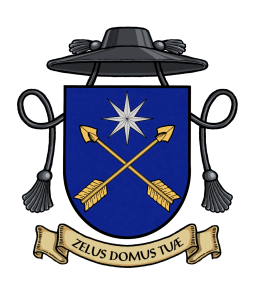


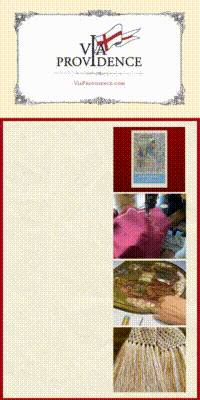

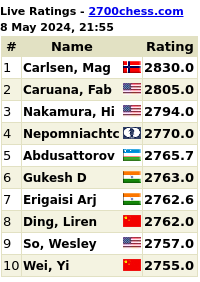


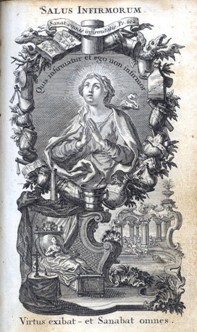
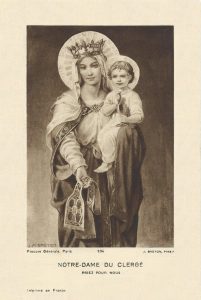

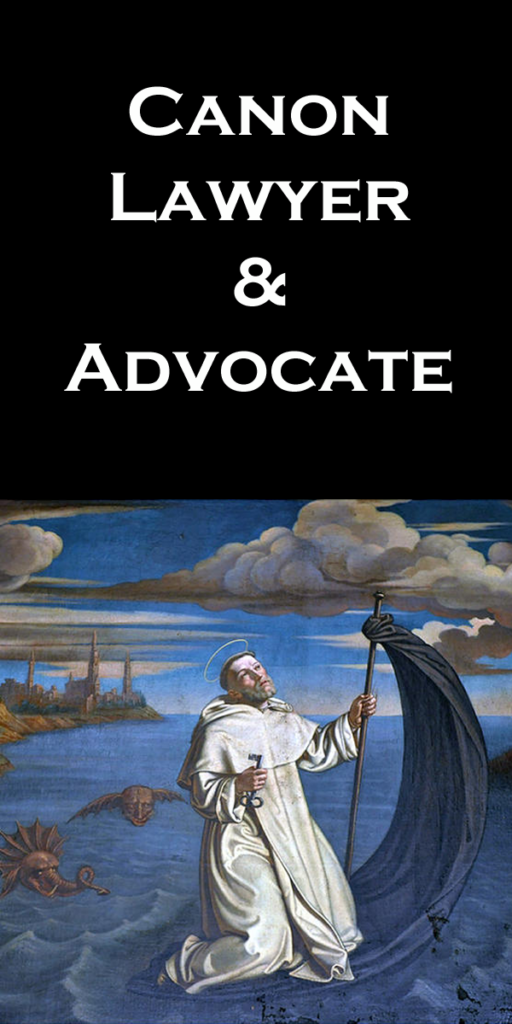



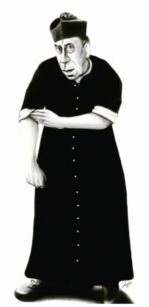
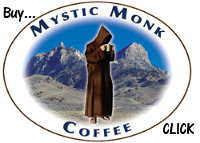


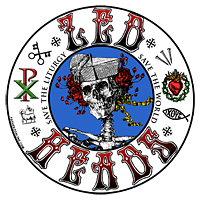




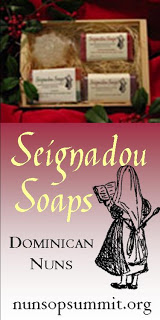




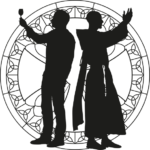
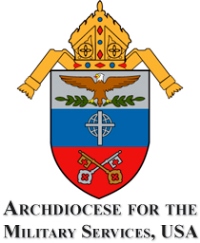
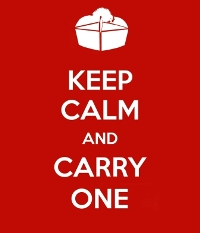
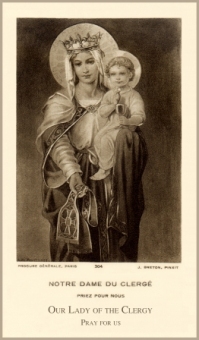
I agree, James O’Donnell’s biography is an anticlerical piece of garbage.
Yes, it is a shame. His three volume commentary on the Confessions is immensely useful. I was quite excited when I heard he was writing a bio of Augustine, and dismayed when I saw it. It even went so far as to cop the Derrida/Heidegger method of writing words like ‘God’ ‘under easure’ BUT entirely superficially with none of the metaphysical subtlety of Derrida and Heidegger. Cheap trendiness and left over 60’s garbage! One would think a classicist would be immunized against it
Zumkellers, “Augustine’s Ideal of Religious Life” is excellent and out of print and extremely expensive if you can find a copy.
If I may take the space to thank God for Henry Chadwick. His writings and person in the classroom helped Anglicans move into the Catholic Church. Such scholars have become rare. Our little library holds several of his excellent books. May his soul rest in peace.
Thanks for endorsing Brown’s book. Peter Brown might just be the most important historian of the past 40 years. BB (“Before Brown”), Western history was seen as tri-part: Ancient, ending with the Fall of the Western Roman Empire; Medieval, from that Fall to A.D. 1400; and Modern. Such a view completely ignores the Byzantine Empire
Peter Brown introduced, to use a tired phrase, a “paradigm shift”. From the reign of Septimius Severus (the beginning of the AD 200s) until Otto the Great (900s), once dismissed by the Englightenment’s shrill rant and Edward Gibbons eloquent snears as “The Dark Ages”, is now called, thanks to Brown’s work, “Late Antiquity”, and is an age unto itself, with profound cultural achievements. This the history of the West is four-part.
Now in the AB “after Brown” period, to consider, for example, the time and work of St. Benedict and Gregory the Great — and thus the Divine Office and the Mass in the EF! — without Brown’s view of Late Antiquity, is to present the outdated historiography of 50 years ago.
Anyone who knows Ravenna and Roma well knows the tri-part view to be bunk. In Rome, take a look at the mosaics at Santa Costanza and Santa Pudenziana (AD 300s); in St. Mary Major (in the nave and the triumphal arch, the 400s; in Santi Cosmos and Damian and in the Baptistery of San Giovanni in Laterano (500s); in Santa Agnese fuori le Mura, S. Lorenzo fuori le Mura, S. Stefano Rotondo, and San Teodoro (600s); in S. Marco, Santa Maria in Domnica, Santa Cecelia in Trastevere, and above all in Santa Prassede (the Byzantine “Indian Supper under Pope Felix in the 800s). Take a look at the architecture (and the wood reliefs on the doors) of Santa Sabina, and of San Giorgio in Velabro and of Santa Maria in Cosmedin.
Contrast this art with the real Medieval period: the Romanesque mosaics at Santa Maria in Trastevere, San Clemente, and Santa Francesa Romana (1100s); and the Gothic mosaics in the apse of Saint Mary Major and the Chapel of San Lorenzo at the top of the Santa Scala (1200s), — and you realize this difference between “Late Antiquity” and the Medieval.
Anyone else here read Fr. Hugh Pope’s Augustine of Hippo, written sometime in the ’40s? While it’s the only thing I’ve read about St. Augustine, it seems like a great little book, well-researched and thorough. He really dug into the correspondence to flesh out the bishop. It focuses primarily on the Saint’s struggle with the Donatists. (And the footnotes are awesome.) If you’ve read it, how does it rank with the others mentioned favorably by Fr. Z?
Thanks,
Fr. Z……..can you explain more of why you think James O’Donnell’s book is “risible” and “a waste of time and money”? I’ve never read the book, so I am curious to know why it merits such a critique.